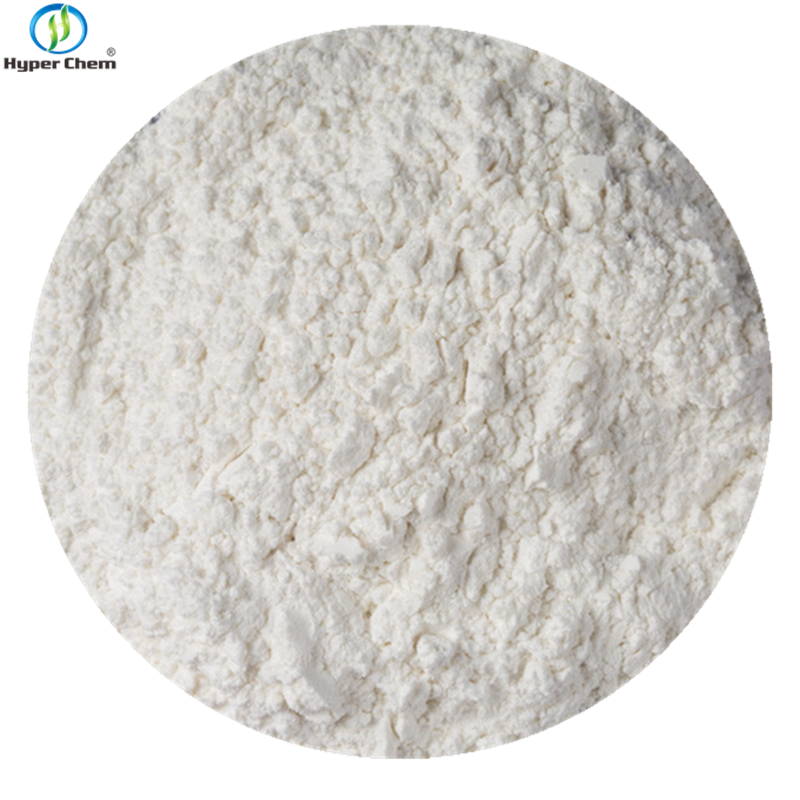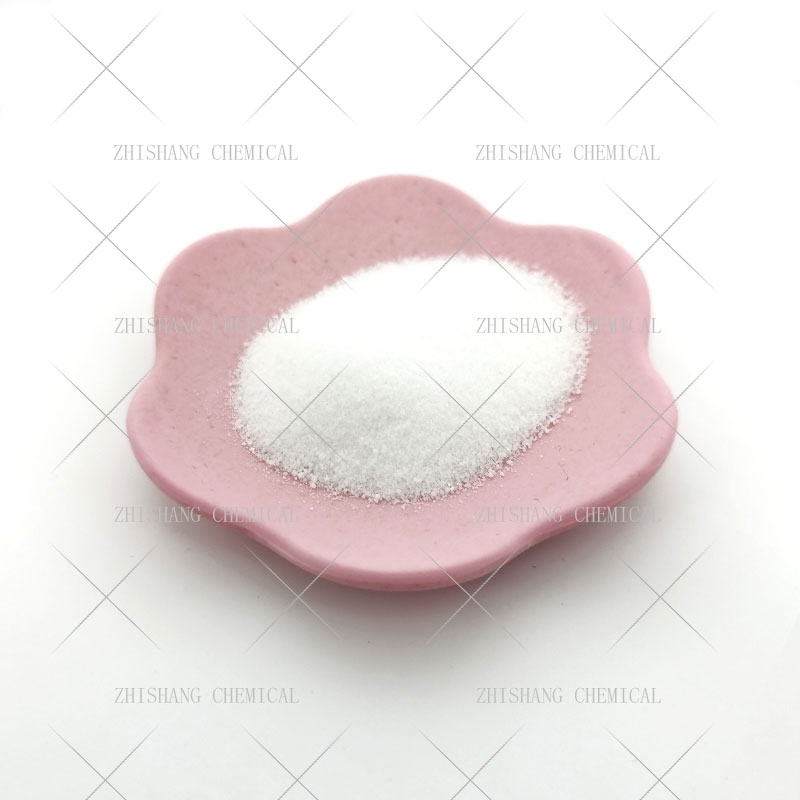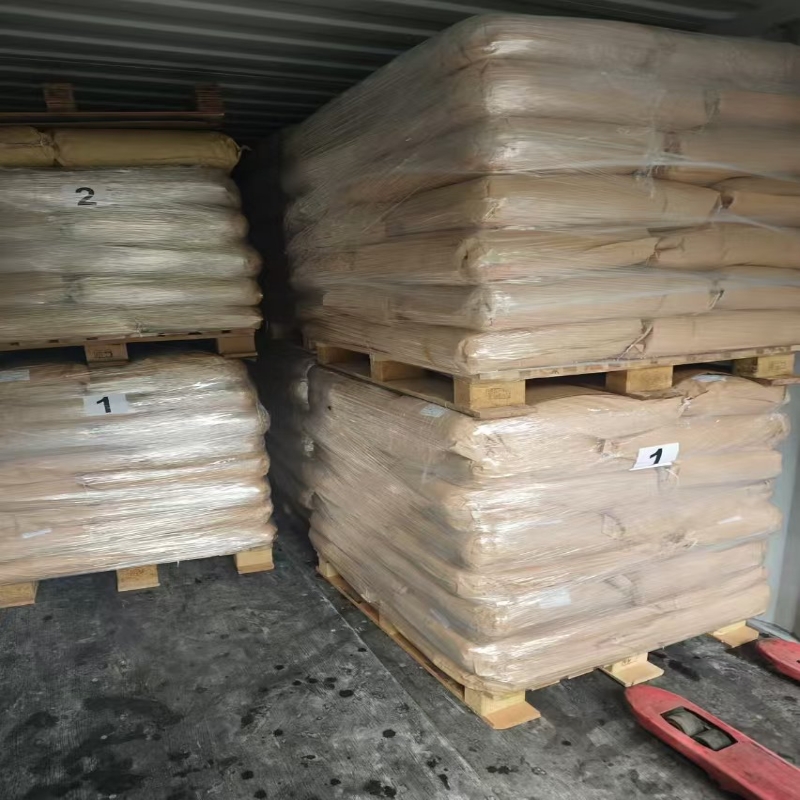-
Categories
-
Pharmaceutical Intermediates
-
Active Pharmaceutical Ingredients
-
Food Additives
- Industrial Coatings
- Agrochemicals
- Dyes and Pigments
- Surfactant
- Flavors and Fragrances
- Chemical Reagents
- Catalyst and Auxiliary
- Natural Products
- Inorganic Chemistry
-
Organic Chemistry
-
Biochemical Engineering
- Analytical Chemistry
-
Cosmetic Ingredient
- Water Treatment Chemical
-
Pharmaceutical Intermediates
Promotion
ECHEMI Mall
Wholesale
Weekly Price
Exhibition
News
-
Trade Service
On December 9-11, 2022, the 29th National Urology Conference (CUA 2022), hosted by the Chinese Medical Association and the Urology Branch of the Chinese Medical Association, was held
online.
Adhering to the concept of inheritance and development, this CUA conference focuses on the development frontier and latest progress in the field of urology, and fully demonstrates the new trends, new concepts and new technologies
of urology science research and clinical diagnosis and treatment.
At the meeting, Professor Yao Yousheng from Sun Yat-sen Memorial Hospital of Sun Yat-sen University explained to us the current situation of diagnosis and treatment of male urinary incontinence.
Professor Yao Yousheng
Director of the Department of Urology, Sun Yat-sen Memorial Hospital, Sun Yat-sen University, Department of Prostate and Lower Urinary Tract, German Medical Doctor, Chief Physician, Doctoral Supervisor
Vice Chairman of Prostate Disease Branch of Chinese Society of Sexology
Member of Women's Urology Group, Urology Branch of Chinese Medical Association
Member of Urology Branch of Chinese Health Promotion Association
Member of the Prostate Group of the Chinese Association of Integrative Medicine
Member of Prostate Group, Andrology Branch of Chinese Medical Association
Vice Chairman of Urology Branch of Guangdong Medical Association
Member of the Standing Committee of Andrology Association of Guangdong Medical Association and Deputy Head of the Surgery Group
Deputy leader of the Urinary Control Group of the Urology Branch of Guangdong Medical Association
Vice Chairman of the Laparoscopic Society, the Urinary Tract Disease Society and the Urinary Control Society of Guangdong Genitourinary Society
Vice Chairman of the Psychosomatic Medicine Professional Committee and the Men's Health Professional Committee of Guangdong Health Management Association
Urinary incontinence refers to the outflow of urine from the urethral opening due to the pressure in the bladder exceeding urethral resistance during the storage period, and is classified as urge incontinence, stress urinary incontinence, mixed urinary incontinence, enuresis, persistent urinary incontinence, involuntary urinary incontinence, etc
。 With the increase of male prostate cancer incidence and transurethral surgery, radical prostate cancer resection, transurethral resection of the prostate, transurethral enucleation of the prostate has become a common cause of male urinary incontinence, according to literature reports, middle-aged and elderly men found that the number of prostatic hyperplasia / prostate cancer is significantly increased, the incidence of early urinary incontinence after prostate-related surgery can reach 30%-60%, even after conservative drug treatment, there are still about 3%-8% of patients with long-term urinary leakage
。 In addition, urinary incontinence caused by neurogenic urinary incontinence such as central nervous system lesions or Parkinson's disease is also increasing year by year, and the incidence of urinary incontinence is also related
to the aging of men, bladder function and decline of pelvic floor muscles.
Due to the high incidence of urinary incontinence in women, urologists tended to pay more attention to the treatment of urinary incontinence in women in the past, and epidemiological data on urinary incontinence in men were significantly lacking
compared with women.
However, with the advent of an aging society, male urinary incontinence has received more and more attention, and multiple studies suggest that its incidence is 1-39%, about half that of
women.
There are differences in the anatomy and physiology of men and women, so the types and incidence rates of urinary incontinence in both sexes are also different, about half of female patients are stress urinary incontinence, while male patients are mainly urge urinary incontinence (accounting for 40%-80%), followed by mixed and stress urinary incontinence
.
Several studies have shown that risk factors for urinary incontinence in men include age, lower urinary tract symptoms, infection, decreased functional cognitive status, neurological pathology, diabetes, alcohol, and prostate surgery
.
Professor Yao emphasized that the control nerve damage, shortening of the functional urethra and the destruction of important tissue structures caused by prostate surgery jointly lead to impaired physiological (urinary control, sexual) function in male patients, which is iatrogenic injury, so urologists need to pay special attention to the protection of the patient's urinary tract, external sphincter and nerves during surgery to avoid moderate to severe urinary incontinence
after surgery.
Evaluation of urinary incontinence in men should include history, questionnaires (e.
g.
, urinary incontinence quality of life questionnaire ICIQ-QOL and urinary incontinence scale score ICIQ-UI), physical examination, voiding diary, urine pad test (1h, 24 hours), urinalysis, color ultrasound, and residual bladder urine measurement
.
In clinical practice, patients can be followed by a 24-hour pad test after a 1-hour pad test to improve the accuracy
of diagnosis.
Urodynamic studies determine whether surgery is required and should be selected
on a case-by-case basis.
In addition, cystourethroscopy is useful for patients with urethral strictures and mucosal abnormalities
.
Surgery may be considered if conservative medical therapy does not respond to it
.
Existing surgical treatments are common artificial urinary sphincter (AUS) implantation and urethral bulb sling
.
As the gold standard for urinary incontinence treatment, AUS implantation can effectively cure urinary incontinence in patients, but it has been reported that the proportion of repair surgery due to complications (infection, urethral erosion, urethral atrophy) and device failure within 5 years after AUS surgery is 26%.
Therefore, for mild to moderate urinary incontinence, Professor Yao recommends the use of urethral bulb sling
.
This procedure is performed by giving the bulb urethra a forward and upward lifting force through a sling, folding the urethra, increasing resistance, preventing the urethra from shifting under stress, and lengthening the effective urinary control length of the urethra
.
According to statistics, the average annual number of AUS surgeries for men in the United States is decreasing year by year, while the use of sling surgery is increasing
year by year.
AUS can reduce blood supply due to annular envelopment and compression of the urethra, resulting in urethral atrophy and/or urethral erosion, but ball sling suspension compresses the urethra ventrally without affecting the blood supply to the dorsal and both sides of the urethra, thereby significantly reducing the incidence
of urethral atrophy and/or urethral erosion.
Which patients would benefit more from ball sling? Professor Yao said that strict selection of patients before surgery is very important, and ball sling suspension is suitable for patients
with smooth posterior urethral wall, good bladder function and normal detrusor contractility.
It is not recommended for patients with sphincter damage, residual urine of the bladder, abnormal bladder detrusor function, history of local radiotherapy, and severe heart and lung dysfunction that cannot tolerate surgery
.
In summary, the etiology and pathophysiological mechanism of male urinary incontinence are very complex, resulting in many difficulties in the diagnosis and treatment of urinary incontinence, and with the extensive development of prostate surgery in China, the incidence of male urinary incontinence is increasing year by year, and it is imperative to improve the understanding and attention of domestic urologists to male urinary incontinence!
This platform is designed to deliver more medical information
to healthcare professionals.
The content published on this platform cannot replace professional medical guidance in any way, nor should it be regarded as diagnosis and treatment advice
.
If such information is used for purposes other than understanding medical information, this platform does not assume relevant responsibilities
.
The content published by this platform does not mean that it agrees with its description and views
.
If copyright issues are involved, please contact us and we will deal with
it as soon as possible.







